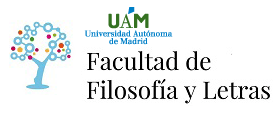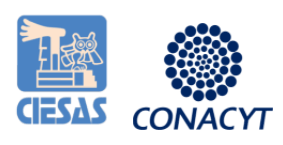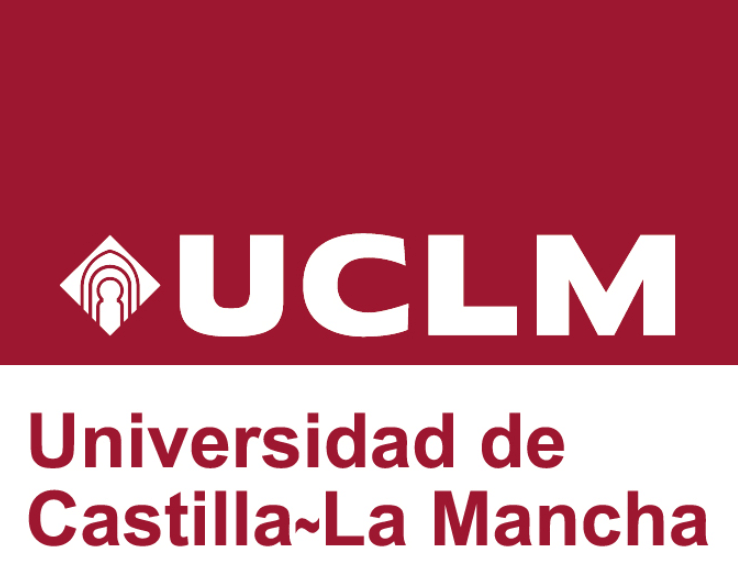Breastfeeding and childhood diarrhoeal diseases in the rural Peruvian Andes. An exploratory assessment using mixed methods.
Breastfeeding (BF) has protective health effects for both children and nursing women. Sixty-three per cent of children younger than 6 months in low-income and middle-income countries are not exclusively breastfed. In Peru, 78.2% of infants, aged 6 to 8 months, received the minimum meal required for their age. In this presentation, we describe BF practices and local explanatory models for childhood illnesses in a sub-set of 40 rural Andean families participating in a cluster-randomised controlled trial.
Data collection (questionnaires, interviews and participant observations) was conducted with 40 participant mothers and 10 medical practitioners.
Ninety-two percent of children were breastfed during the first six months, but in 69% of cases BF was ceased before the recommended age. Reasons for BF cessation include balancing childcare and domestic tasks, the perception that breast milk becomes ‘blood’ after the sixth month or BF can cause child diarrhoea. Mothers identified totally six childhood diseases that are directly provoked by breast milk. They originate in psychosocial and environmental factors and the ‘hot and cold’ theory associated with objects and body states. These pathologies can be associated with other childhood diseases with similar symptoms (‘fright sickness’), which constitute the body of diarrheal childhood diseases within the folk health model.
Local explanatory models identify BF as a cause for child diarrhoea and can lead to BF cessation. ‘Infection’ is the only diarrhoea mothers linked to hygiene and the germ-disease concept. Local explanatory models of disease should be considered in national child diarrhoea disease control and BF recommendations.
(*)El autor o autora no ha asociado ningún archivo a este artículo









